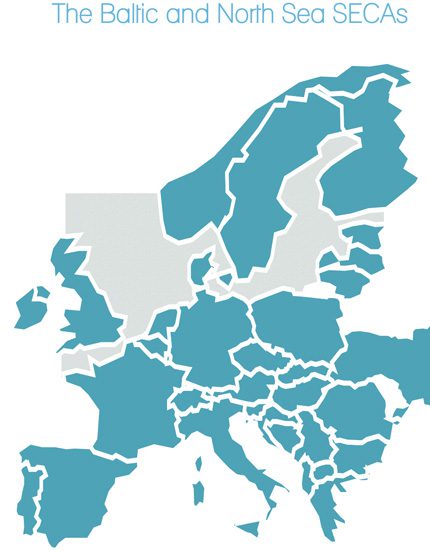News
Marine fuel – sulphur spot checks
Following the introduction of Sulphur Emission Control Areas in the North and the Baltic Seas on 1st January 2015, the European Maritime Safety Agency has reported on the results of spot checks on vessels.To check compliance with the new EU regulations sulphur content of fuel in 1,458 vessels operating in European waters was tested between January – April 2015. Ninety vessels (6%) were found to be non-compliant with the new regulations.
Reasons for non-compliance included keeping inaccurate records or having incorrect processes, being unable to produce satisfactory fuel samples, and having fuel in tank with a sulphur content above 0.1%.
The EU requires member states to conduct spot checks on a minimum of 10% of ships in its waters in 2015, although several states exceed this and test up to 20%.
“Being in control of our supply chain from the oil refinery and onwards to the vessel means that our customers can trust us to supply top quality product every time,” said Barry Newton, managing director of the Geos Group, a specialist physical supplier of marine gas oil which has terminals at Aberdeen, Thames, Blyth, Heysham, Montrose, Great Yarmouth and Lerwick.
As of 1 January 2015, vessels operating in EU Sulphur Emission Control Areas, or SECA (including the North Sea, Baltic Sea, North American coastal areas and the US Caribbean Sea), are required by EU law to burn fuel with a maximum sulphur content of 0.1%, a reduction from 1%.
www.geosgroup.com


